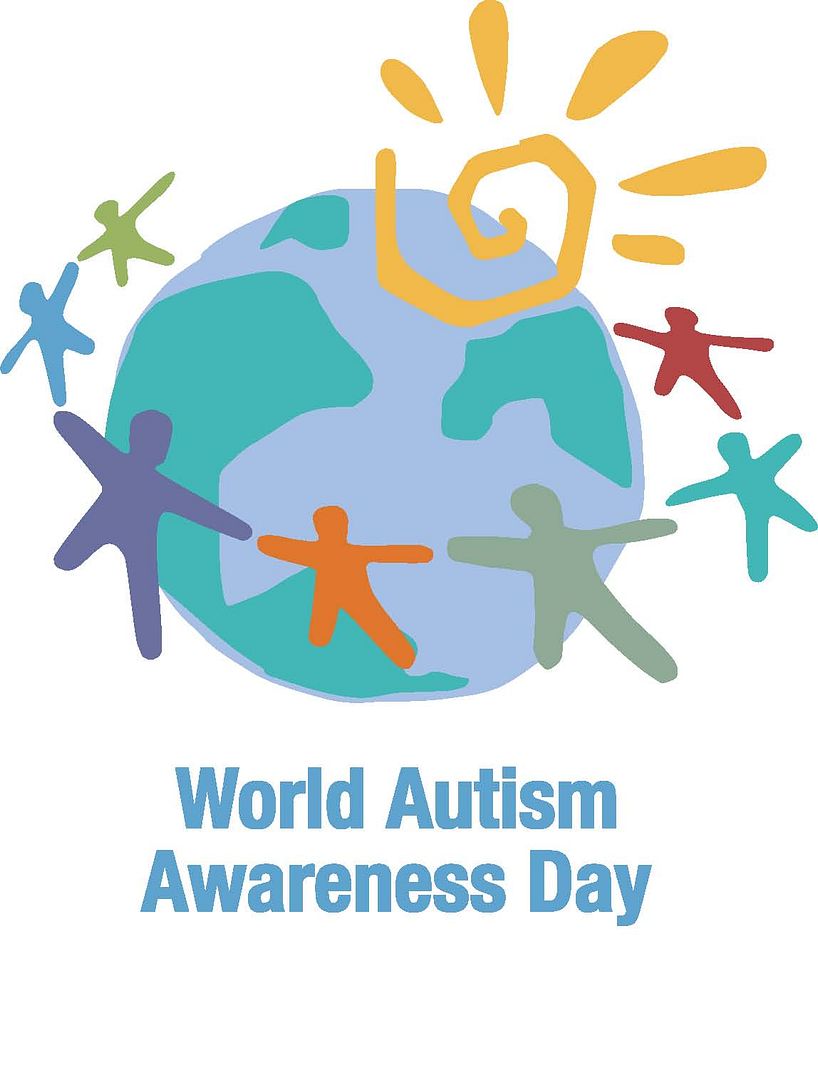 April is National Autism Awareness Month. Because of the importance of this program, the United Nations has designated April 2nd as World Autism Awareness Day. This speaks volumes to the growing, worldwide concern for the autism epidemic. There are only two other health-related World Day events. They are for diabetes and AIDS.
April is National Autism Awareness Month. Because of the importance of this program, the United Nations has designated April 2nd as World Autism Awareness Day. This speaks volumes to the growing, worldwide concern for the autism epidemic. There are only two other health-related World Day events. They are for diabetes and AIDS.
Many people ask why autism is getting so much attention now. Some compare the autism threat to the polio epidemic in the 1950s. Studies by the U.S. Centers for Disease Control and Prevention suggest that the prevalence of autism-spectrum disorders has significantly increased, from approximately four in 10,000 in the early 1990s to as many as one in every 110 births today. Despite increasing national interest and strikingly high prevalence, autism  research remains one of the lowest-funded areas of medical research by both public and private sources.
research remains one of the lowest-funded areas of medical research by both public and private sources.
What is autism?
According to Autism Society:
Autism is a complex developmental disability that typically appears during the first three years of life and affects a person’s ability to communicate and interact with others. Autism is defined by a certain set of behaviors and is a “spectrum disorder” that affects individuals differently and to varying degrees. There is no known single cause for autism, but increased awareness and funding can help families today.
Today, it is estimated that one in every 110 children is diagnosed with autism, making it more common than childhood cancer, juvenile diabetes and pediatric AIDS combined. An estimated 1.5 million individuals in the U.S. and tens of millions worldwide are affected by autism. Government statistics suggest the prevalence rate of autism is increasing 10-17 percent annually.
Facts about autism from Autism Speaks
- Autism now affects 1 in 110 children and 1 in 70 boys
- Autism prevalence figures are growing
- More children will be diagnosed with autism this year than with AIDS, diabetes & cancer combined
- Autism is the fastest-growing serious developmental disability in the U.S.
- Autism costs the nation over $35 billion per year, a figure expected to significantly increase in the next decade
- Autism receives less than 5% of the research funding of many less prevalent childhood diseases
- Boys are four times more likely than girls to have autism
- There is no medical detection or cure for autism
- Leukemia: Affects 1 in 1,200 / Funding: $277 million
- Muscular Dystrophy: Affects 1 in 100,000 / Funding: $162 million
- Pediatric AIDS: Affects 1 in 300 / Funding: $394 million
- Juvenile Diabetes: Affects 1 in 500 / Funding: $156 million
- Autism: Affects 1 in 110 / Funding: $79 million
National Institutes of Health funds allocation
- Total 2010 NIH budget: $35.6 billion
- Of this, only $218 million goes directly to autism research. This represents 0.6% of total NIH funding.
What Is Autism Speaks?
“At Autism Speaks, our goal is to change the future for all who struggle with autism-spectrum disorders.
We are dedicated to funding global biomedical research into the causes, prevention, treatments, and cure for autism; to raising public awareness about autism and its effects on individuals, families, and society; and to bringing hope to all who deal with the hardships of this disorder. We are committed to raising the funds necessary to support these goals.
Autism Speaks aims to bring the autism community together as one strong voice to urge the government and private sector to listen to our concerns and take action to address this urgent global health crisis. It is our firm belief that, working together, we will find the missing pieces of the puzzle.”
For more information, visit www.autismspeaks.org.
 On Friday night, Autism Speaks kicked-off its 2nd annual Light It Up Blue Campaign. This unique program is celebrated through out the world.
On Friday night, Autism Speaks kicked-off its 2nd annual Light It Up Blue Campaign. This unique program is celebrated through out the world.
More than 1000 structures all over the world were lit up in bright blue. Some of the structures include:
- Empire State Building
- Willis Tower in Chicago
- Universal Studios in Hollywood and Orlando
- Staples Center in Los Angeles
- Niagara Falls
- CN Tower in Canada
- Christ the Redeemer Statue in Brazil
- Sydney Opera House in Australia
The beautiful blue light of hope also lit up airports, bridges, museums, concert halls, schools/universities, restaurants, and retail stores. Did any of you see it?
 SO…why is this article on a Clay Aiken board? To me, that is an easy question to answer. Clay has been a champion for all children with disabilities. For almost 10 years, Clay has worked in a hands-on way to help children with autism and their families. He taught a classroom of children with autism and, as we all know, worked one-on-one with Michael Bubel, a wonderful young man who helped change the path of Clay’s life.
SO…why is this article on a Clay Aiken board? To me, that is an easy question to answer. Clay has been a champion for all children with disabilities. For almost 10 years, Clay has worked in a hands-on way to help children with autism and their families. He taught a classroom of children with autism and, as we all know, worked one-on-one with Michael Bubel, a wonderful young man who helped change the path of Clay’s life.
Thank you, Clay, for opening our minds and hearts to the struggle of families affected by Autism. We have learned so much.

